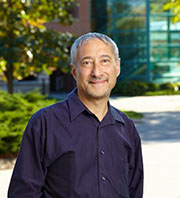
Eric Freedman
By Eric Freedman
Many scientists look at the “big picture” – curing cancer, reversing climate change, saving the rainforest, engineering pothole-proof roadways, developing new alternative energy sources – but sometimes small results are more fascinating and intriguing because they pique our interest as human beings.
Most such aha-moment or quirky-sounding studies don’t appear in the marquis prestige journals that mainstream journalists follow –Nature say, or Science, PNSA or the Journal of the American Medical Association – but in niche journals read by virtually no one outside the discipline or specialty. That means general audiences – often the taxpayers who directly and indirectly fund much scientific research – never hear the results.
It’s the enterprising journalist who finds such findings and shares them with his or her audience. Continue reading



